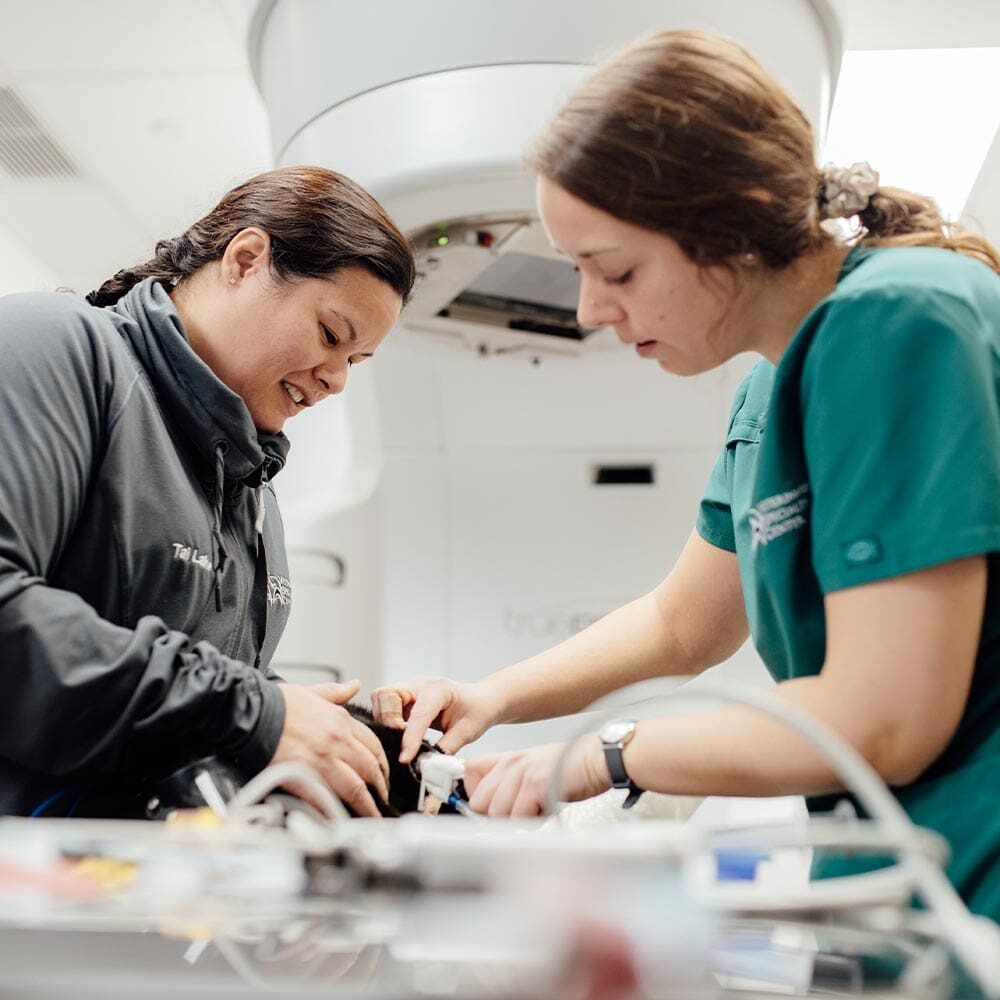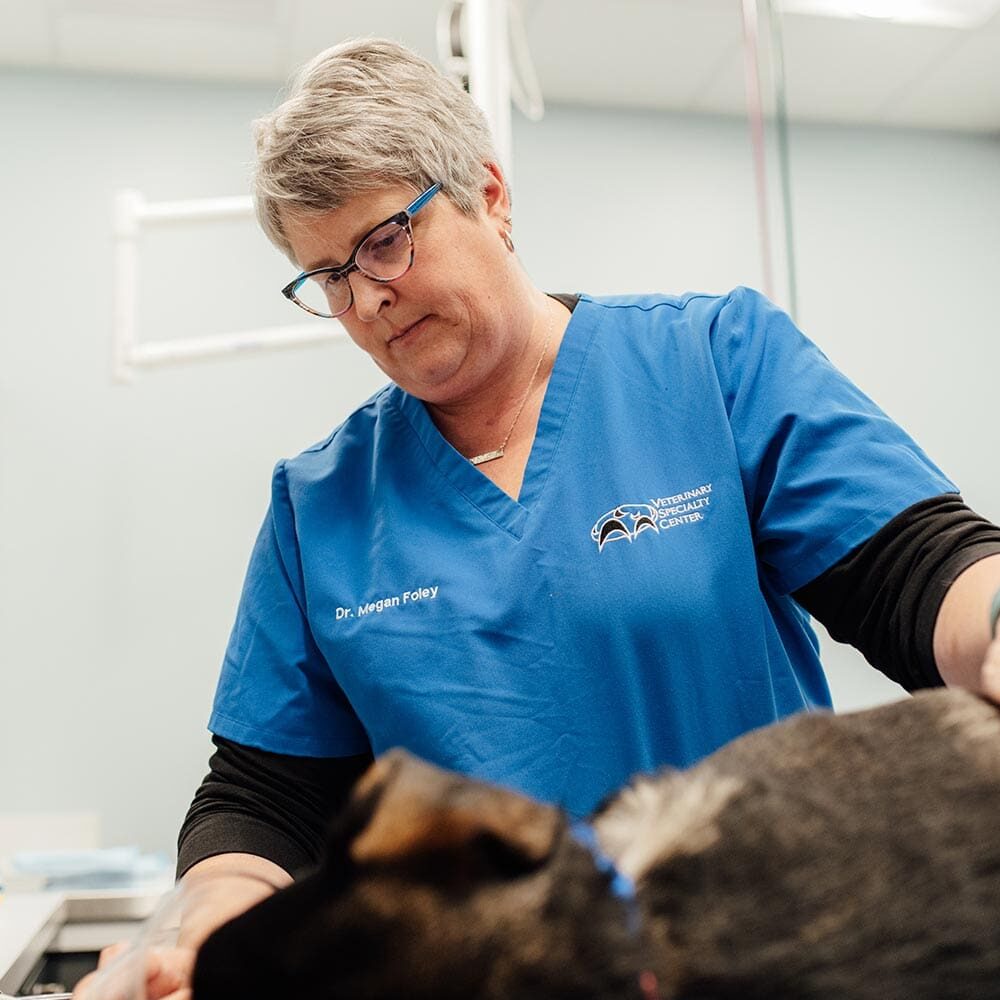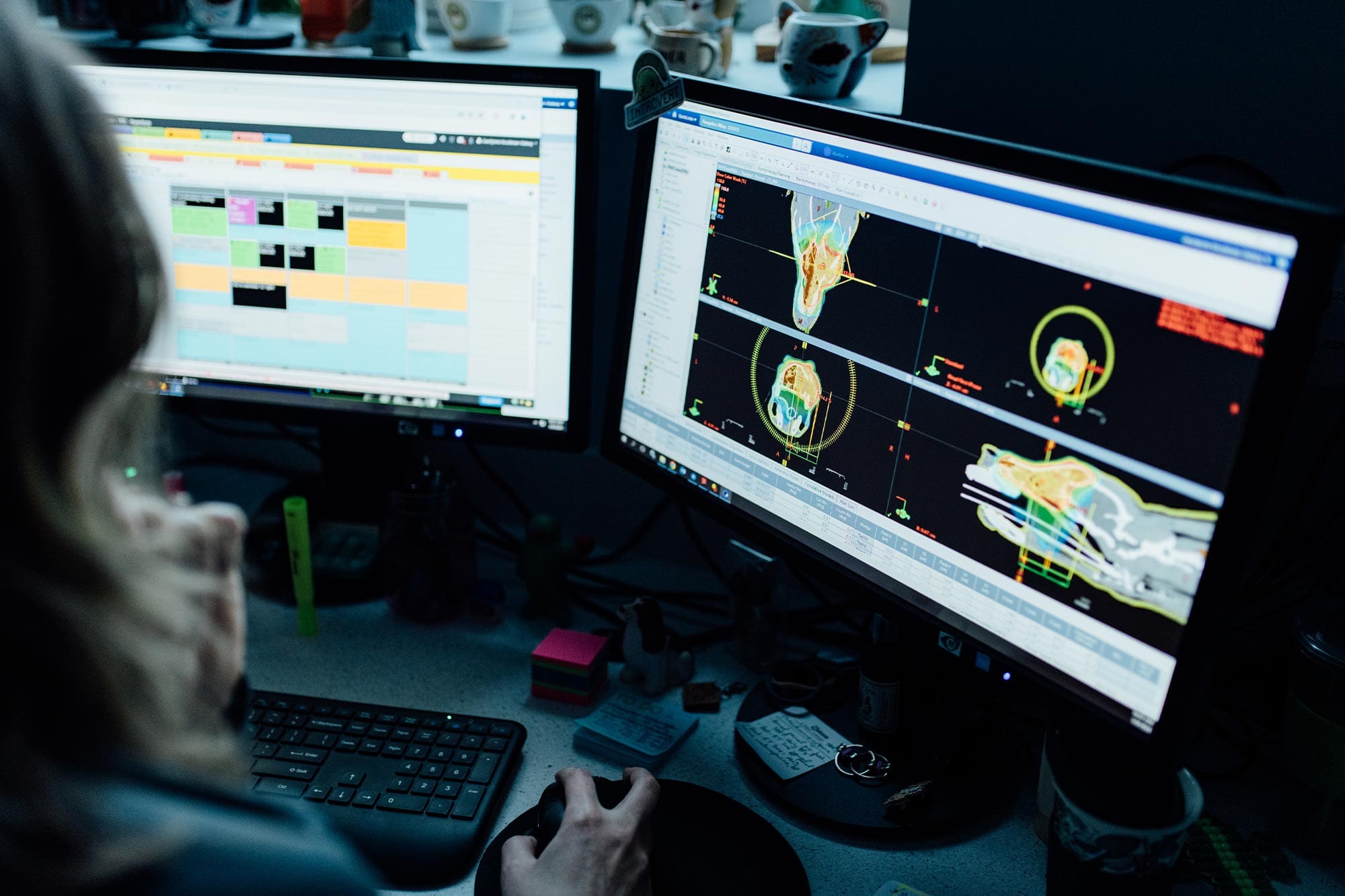Soft tissue sarcomas (STS) are tumors that develop from connective tissues like muscle, fat, cartilage, blood vessels, and nerve sheath tissues. These tumors account for about 15% of skin and subcutaneous tumors in dogs and 7% in cats. Capable of forming in any area of the body, these tumors typically appear as a single tumor in middle-aged to older pets, with large-breed dogs being more frequently affected.
Diagnosis and Grading Soft Tissue Sarcomas in Pets


Diagnosing an STS begins with obtaining a sample of the mass. A needle sample is often the first step, but it may not always yield useful results. A biopsy, which involves taking a larger tissue sample, is more effective in providing a diagnosis and determining how aggressive the tumor is. This aggressiveness is classified into grades:
-
Low-grade (Grade 1 or some Grade 2)
Usually remains localized and has a low chance of spreading (about 20% risk for Grade 2).
-
High-grade (some Grade 2 or Grade 3)
More likely to metastasize to other organs, with a 40% to 50% risk for Grade 3 tumors.
Local treatments like surgery or radiation may suffice for low-grade tumors, while high-grade tumors typically require a combination of local therapy and chemotherapy.
Treatment Options for Soft Tissue Sarcomas in Pets
If a tumor can be completely surgically removed with clear margins, that may be the only treatment needed. The first surgery is critical for effective local control, but STS can be tricky as they often have microscopic extensions beyond the visible tumor. Consulting with an oncologist helps assess whether additional treatments are needed.
-
Grade 1 STS
Rarely recur (7% risk) and are usually monitored over time
-
Grade 2 STS
Have a recurrence rate of 30% to 40%
-
Grade 3 STS
Recurrence can be as high as 75%
If surgery isn't possible or if the tumor recurs, radiation therapy can be an effective alternative. This involves 18 daily treatments (Monday through Friday) using a linear accelerator (LINAC) to target the tumor precisely. Each session lasts about 30 to 45 minutes, with the pet under light anesthesia.
Effectiveness of Radiation for Soft Tissue Sarcomas in Pets
Radiation works best when residual tumor cells are microscopic, such as after surgery. Approximately 80% to 90% of dogs respond well to this treatment, enjoying 3 to 5-plus years of good quality of life without tumor regrowth.


Side Effects and Recovery
The most common side effects of radiation occur on the skin, typically beginning around 2 weeks into treatment. These may include hair loss, redness, and skin ulcerations. Most patients heal within a few weeks after completing radiation.
Palliative Radiation
If surgical options are limited or the tumor is bulky, palliative radiation protocols can help. These treatments, which are less aggressive, can still lead to significant improvements. Median survival times vary, but radiation can shrink tumors or halt their growth in more than 50% of cases.
At VSC, we offer several palliative radiation schedules, including: once a week for 4 to 6 doses, twice a week for 5 doses, or daily for 5 days (Monday through Friday).
All protocols are effective and aimed at maintaining a good quality of life, with a low risk of side effects.
We're Here to Help
Thank you for considering our team for your pet’s treatment. We appreciate your trust and are here to answer any questions about radiation therapy for soft tissue sarcomas. Please feel free to reach out to a member of our radiation oncology team for more information.

